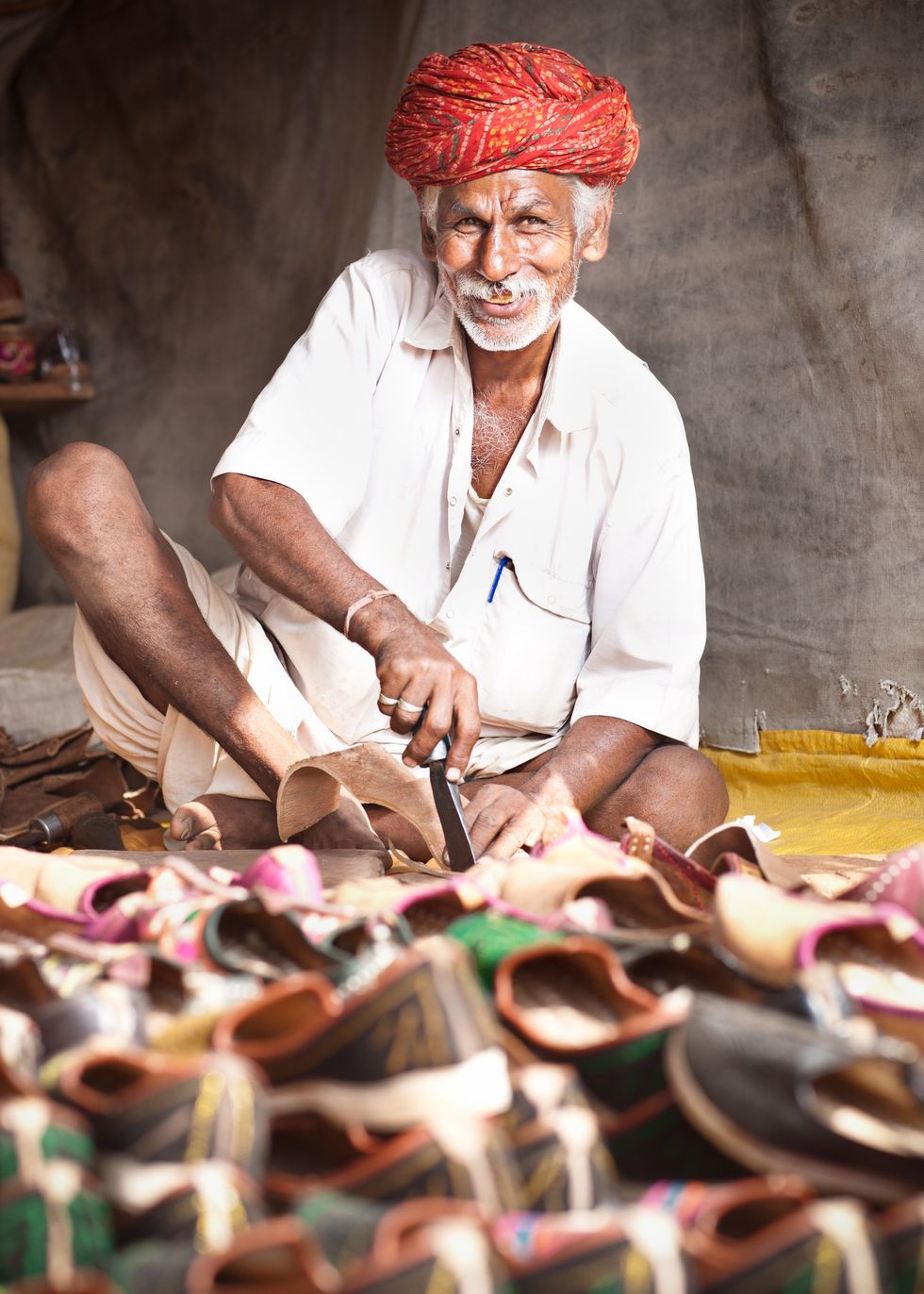By Dr Raj Persaud
Consultant PsychiatristWHILE the escalating numbers of people catching the coronavirus appears every more terrifying, it remains the most likely outcome that the majority of the population might not catch it, and this surely remains the aim of the current stated government policy.
The psychological strategy of the government appears to be to scare the public into becoming terrified, perhaps even irrationally so, in order to get everyone to behave correctly.
This also means that vast swathes of our nation, whether they get the illness or not, will be suffering the mental health effects of the ‘lockdown’.
It’s very unusual to be hit by such a stressful event which bombards us from all sides with profound losses; for example, loss of job or income, loss of social contact, loss of ability to go outside and perform hobbies or interests or sports which entertained or occupied you, loss of connection with family members, loss of certainty over future, loss of ability to visit the cinema or do the shopping, among other things.
These stresses are liable to have a profound impact on the population, with psychiatrists predicting elevated rates of mental illness, and even suicide as a consequence. These effects have been shown by recent research to even endure up to three years after a quarantine has ended.
The advice on how to look after yourself at this difficult time includes first and foremost, follow official advice to stay at home, but also find things to do which absorb, engage and distract you, including structuring your day to reduce boredom; remain as physically active and fit as possible; limit exposure to alarming media messages; as well as maintain social networks via digital technology.
In fact, the latest advice from psychiatrists who specialise in the subject of coping with quarantine, is to be perhaps even more sociable, via social media, than usual to tackle boredom and loneliness.
This demonstrates why maintaining wellbeing is such a precarious business – a dramatic change in circumstance can produce a profound turn-around in standard advice on how to retain mental health.
Just a few weeks ago, social media was seen as profoundly dangerous to the mental health of us all, and in particular, young people. But given the evidence is that the young are most vulnerable to the long-term negative mental health effects of quarantine, it now seems that their mobile phone has suddenly been transformed into a lifeline, as opposed to a noose.
Is there likely to be a particular impact on Asians in the UK? They may be more likely to be self-employed or live closely as extended families, so all of these factors could have particular implications in the current economic climate.
However, perhaps the most surprising psychological difference between Asians and the rest of the UK population, which may be most impacted by this pandemic, may come from an unexpected source – the sink.
Before the current government and media campaign to get us to be more careful about washing our hands, psychiatrists were familiar with a group of people who were already very concerned about whether they had cleaned themselves enough.
Indeed, this section of society probably washed their hands excessively. They would often turn up late for meetings or social occasions because they had spent too long scrubbing themselves, or they might have to interrupt a conversation or an activity to visit the bathroom because they had suddenly become terrified they had touched something, or someone, who was ‘contaminated’. Often they would avoid going out, or even doing anything involving mingling with others, exactly as being prescribed by the current public health campaigns.
However, these people already did this routinely long before Covid-19 appeared, and they did it so well that the virus would have had no chance of spreading. These people suffered from so-called ‘contamination’ fear, which is a well-known symptom of a notorious and surprisingly common anxiety disorder, referred to as obsessive-compulsive disorder or OCD.
Contamination anxiety is an intense, persistent feeling of having been polluted, infected and endangered because of contact – no matter how mild or innocuous – with a person or location or object that is viewed as soiled, impure, infectious or harmful. Feeling contaminated is accompanied by fear, disgust, feeling dirty and shame.
A new study from the US entitled Examination of racial differences in assessment of OCD symptoms and obsessive beliefs*, has confirmed that there are significant racial differences between Caucasians, Asians, Hispanics and black people in terms of their general fears of contamination.
The research, published in the academic Journal of Obsessive-Compulsive and Related Disorders, found that Asians scored higher than other racial groups for fears of contamination. It is also possible that Asians might even score higher on perfectionism, which is part of the spectrum of OCD.
The authors point out that black people in the US appeared to suffer higher levels of contamination fears than their white peers. This may be because black people in the US were trying to compensate for possible popular negative historical and racist stereotypes about their cleanliness.
Past racist prejudices that were historically widespread among white people included the prejudice that African Americans were ‘dirty’ and therefore could contaminate white Americans on contact. It was partly these beliefs which resulted in widespread historical racial segregation.
It is possible that the findings from several different studies that Asian suffer from higher levels of contamination fears than other racial groups, may be a similar attempt to compensate for possible racial prejudice over cleanliness, perhaps historically, as regarding Asian food and other aspects of Asian culture.
Within the Asian population, those who are already prone to being more obsessional, fear of contamination and washing/cleaning compulsions, have been found to be significantly more common in Indian women than in men.
A study entitled Gender differences in obsessive-compulsive disorder: Findings from a large Indian sample** also found that these more obsessional Indian women suffered elevated suicide risk compared to obsessional Indian men, suggesting that excessive contamination fears contribute to poorer mental health.
The major flaw with the media approach on how to cope with the stress of the pandemic is to suggest that doing away with anxiety is the correct approach. In fact, a certain amount of apprehension is healthy particularly if it leads you to take precautions and avoid dangerous predicaments.
Those who suffer from what might be considered excessive contamination fears may just now be, paradoxically, the ones finding it easiest to survive the quarantine. Anxiety, when it is justified, can keep you alive.
On the other hand, excessive anxiety can be just as dangerous. Those with excessive contamination fears can even irrationally avoid a life-saving vaccination, because they fear contamination from something being injected into their body. Then they court the risk of falling victim to a dangerous infection without the protection of the vaccination, despite all that excessive hand-washing.
First-generation Asians, perhaps because of their experience of hardship and persecution, were anxious about financial security, and so some may have, at times, over-compensated in their relentless drive towards material success.
But that anxiety may have contributed to survival and even prosperity.
Ironically, they could be said to have faced ‘contamination’ fears from the host population in the UK which, decades ago, sought to ‘wash their hands’, or even ‘purify’ their country, from these ‘invading’ immigrants.
The first NHS consultant reported to have died from the coronavirus in the UK, ironically enough, was Asian. He appeared to be at the frontline of fighting the battle to keep the virus at bay from his home country.
But it remains the case that fears of contamination in the widest sense run deep, and are possibly even genetically wired into our brains.
Yet we all need just the right level of anxiety in order to survive, as too much can be just as harmful as too little. We also need to be aware of when it is possible that our culture or even our race, pushes us too far in one direction or another.
*Examination of racial differences in assessment of OCD symptoms and obsessive beliefs. Kevin D Wu Sara V Wyman Journal of Obsessive-Compulsive and Related Disorders Volume 10, July 2016, Pages 10-18
**Gender differences in obsessive-compulsive disorder: Findings from a large Indian sample. Anish Cherian, Janardhanan Narayanaswamy, Biju Viswanath, Nishi Guru, Cilna George, Suresh Bada Math, Thennarasu Kandavel and YC Janardhan Reddy, Asian Journal of Psychiatry 9 (2014) 17–21





 Shefali Jariwala death raises concern over anti ageing drugs and self medication Instagram/shefalijariwala
Shefali Jariwala death raises concern over anti ageing drugs and self medication Instagram/shefalijariwala  Anti ageing pills found at Shefali Jariwala home spark health safety debate Instagram/shefalijariwala
Anti ageing pills found at Shefali Jariwala home spark health safety debate Instagram/shefalijariwala 








 Prada confirms Kolhapuri chappals inspired its 2026 Milan collectionInstagram/
Prada confirms Kolhapuri chappals inspired its 2026 Milan collectionInstagram/ Kolhapuri chappals have been crafted for centuries and received GI tag in 2019 iStock
Kolhapuri chappals have been crafted for centuries and received GI tag in 2019 iStock 
 Wintour also became synonymous with the Met GalaGetty Images
Wintour also became synonymous with the Met GalaGetty Images
